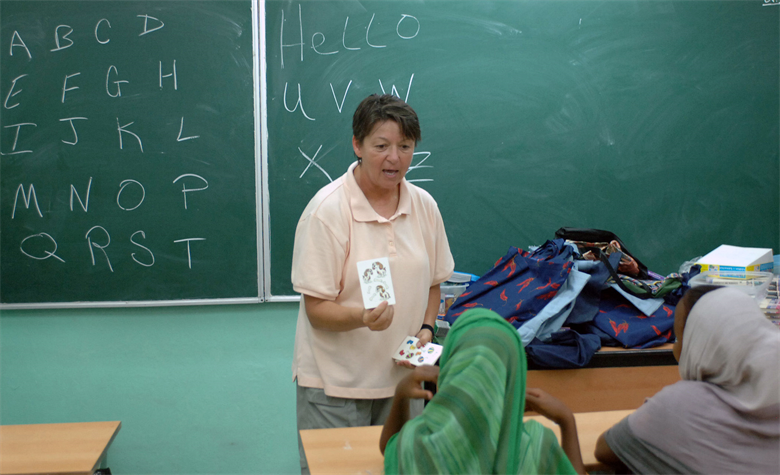Let’s visualize it!
By Wajeeha Abdullah
Autism affects the way a child understands and communicates with others. Therefore, we need to adapt ourselves so that we can help bridge the gap in learning. Research has shown that children with ASD understand better once they have visualized the concept or the process to be learned. This is where visual cues come in. We need to add as many visual cues in the learning process as possible because a concept learned through visual cues would be a concept easy to grasp and later recall.
Children with autism take visual cues in their surroundings to understand, and later they would also use mental pictures to recall the concept.
The visual memory in Autistic children is far stronger than that of a person without ASD.
Therefore, if we use their strength to get them to learn a concept or memorize a word, we would already be a few steps ahead in the learning process. One of the easiest ways to help them visualize as much as possible would be to make flashcards of whatever you want the students to understand and learn so later when they try to recall, they would use their strong visual memory and easily recall and eventually learn too.
Visual cues are also extremely important for ASD-diagnosed children who have not yet started to talk which would lessen the frustration that might build up due to the lack of a proper channel of communication. This way we would be helping them learn by the way they want to learn in a shorter period of time.

